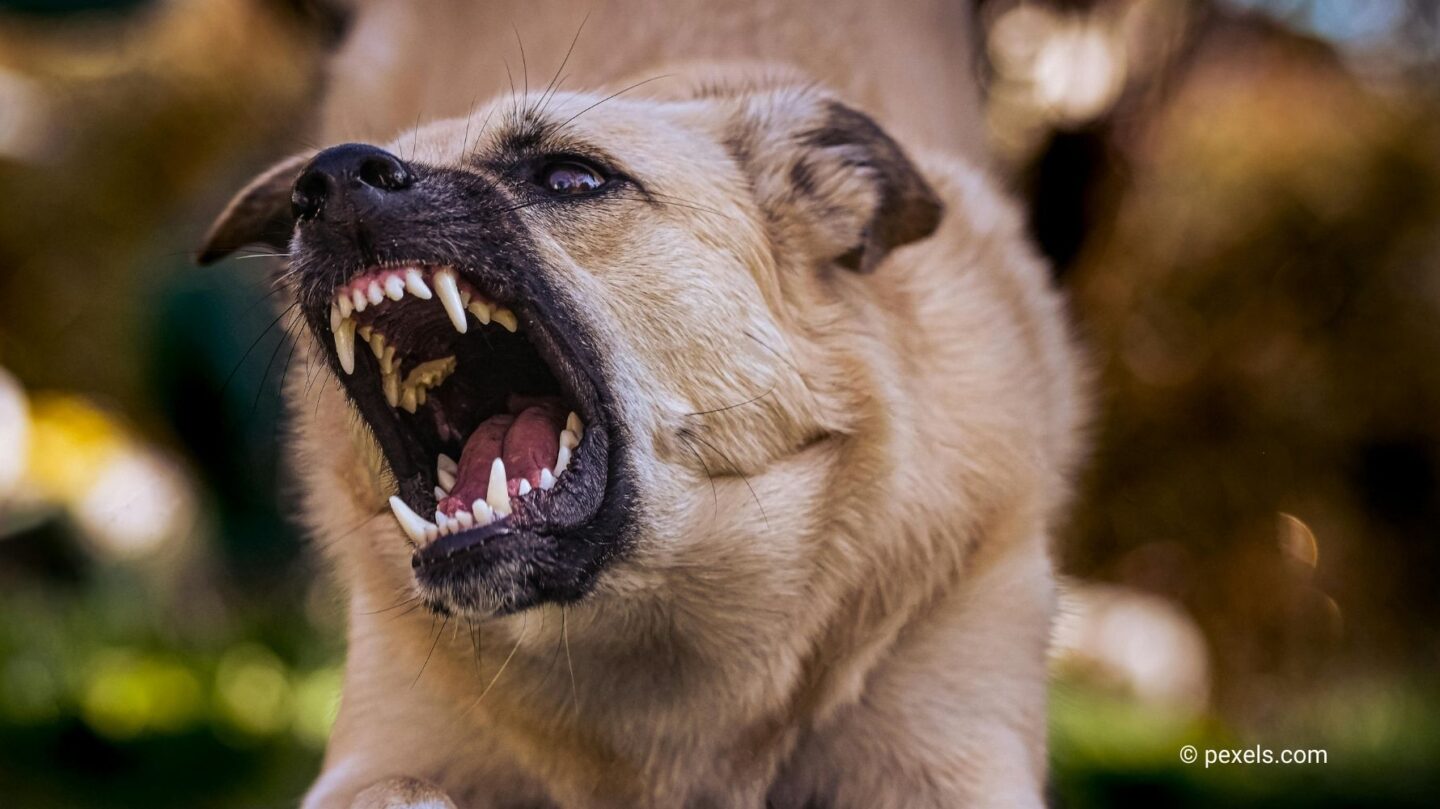When it comes to dogs, aggression is a complex behavior influenced by various factors, including breed, upbringing, environment, and training. While every dog has the potential for aggression, some breeds are more likely to exhibit such tendencies. This article explores the breeds commonly associated with aggression and the reasons behind their behavior.
What Defines Dog Aggression?
Dog aggression can manifest in different ways, such as growling, snapping, biting, or territorial behavior. It’s essential to distinguish between protective instincts, fear-induced reactions, and outright aggression. Understanding these distinctions helps in addressing and managing such behaviors effectively.
Breeds Commonly Perceived as Aggressive
Certain breeds often make headlines due to their aggressive tendencies. However, it’s important to approach this subject with an open mind, as individual dogs within these breeds can vary widely in temperament.
1. Pit Bull Terriers
Pit Bulls are perhaps the most frequently cited aggressive breed. Originally bred for bull-baiting and later dog fighting, their powerful build and strong jaw contribute to their reputation. However, with proper training and socialization, Pit Bulls can be loyal and gentle pets.
2. Rottweilers
Rottweilers are known for their guarding instincts and territorial nature. While these traits make them excellent protectors, they can also lead to aggressive behavior if not properly managed. Early socialization and consistent training are critical to raising a well-behaved Rottweiler.
3. German Shepherds
German Shepherds are highly intelligent and often used in police and military roles. Their protective nature can sometimes translate into aggression, especially when they perceive a threat. Socializing them early and providing sufficient mental stimulation can mitigate these tendencies.
4. Doberman Pinschers
Dobermans are another breed with a strong protective instinct. Their loyalty to their owners makes them excellent guard dogs, but this trait can also make them wary of strangers. Structured training from a young age can help balance their behavior.
5. Chihuahuas
Interestingly, small breeds like Chihuahuas can also display aggressive tendencies. Despite their tiny size, they are known for their bold and feisty attitudes. Often, their aggression stems from fear or a need to assert dominance. Proper handling and socialization can reduce these behaviors.
Factors Influencing Aggression
While breed characteristics play a role, other factors significantly impact a dog’s behavior:
- Socialization: Dogs exposed to diverse environments, people, and animals from a young age are less likely to develop aggression.
- Training: Positive reinforcement techniques and consistent training help establish trust and discipline.
- Health Issues: Pain or medical conditions can lead to unexpected aggressive outbursts. Regular veterinary check-ups are essential.
- Past Experiences: Abuse, neglect, or traumatic events can shape a dog’s temperament, leading to fear-based aggression.
How to Manage and Prevent Aggression
Preventing aggression starts with responsible ownership. Here are some tips:
- Begin Early Socialization: Introduce your dog to various experiences, people, and environments while they are young.
- Provide Training: Enroll in obedience classes and practice positive reinforcement to build a trusting relationship.
- Monitor Body Language: Learn to recognize signs of discomfort or fear in your dog to prevent escalation.
- Seek Professional Help: If aggression persists, consult a professional dog trainer or behaviorist.
Final Thoughts
Labeling a breed as aggressive is an oversimplification that overlooks the nuances of canine behavior. While certain breeds may have traits that predispose them to aggression, proper training, socialization, and care can shape any dog into a well-adjusted companion. Remember, a dog’s behavior often reflects the responsibility of its owner.
